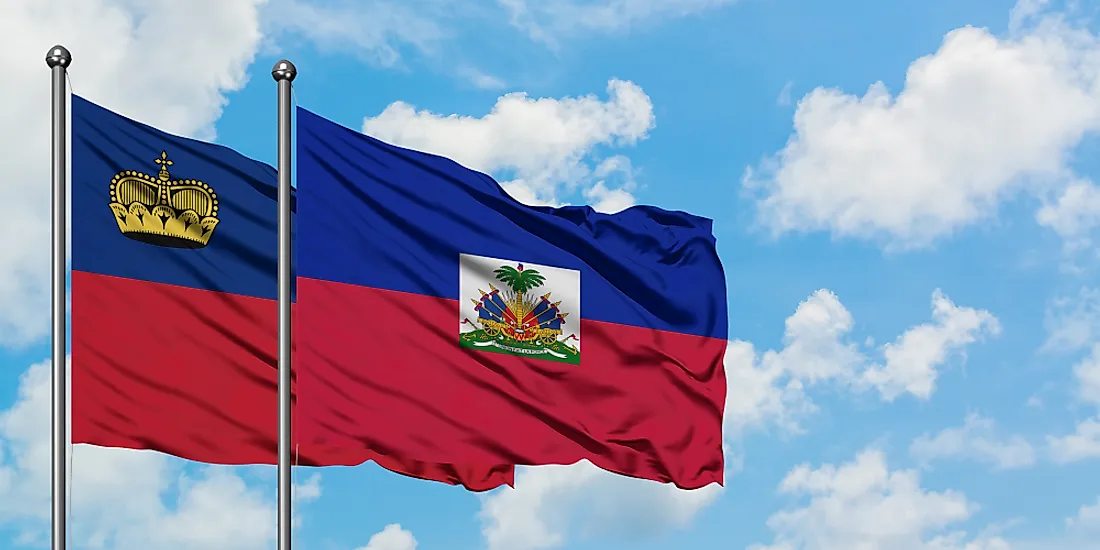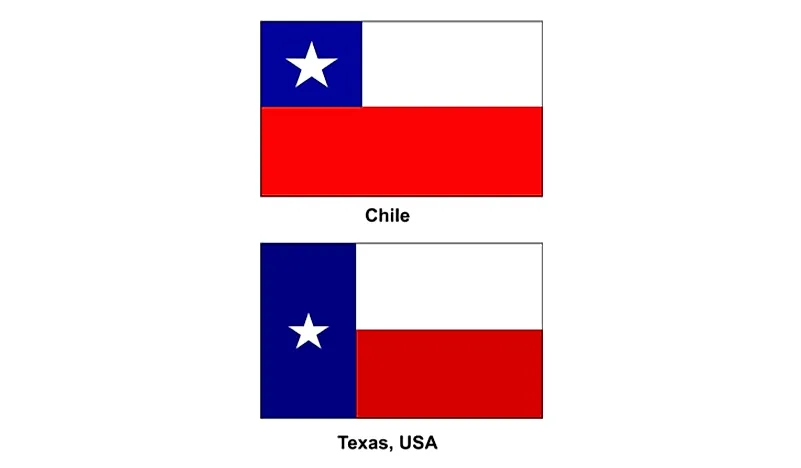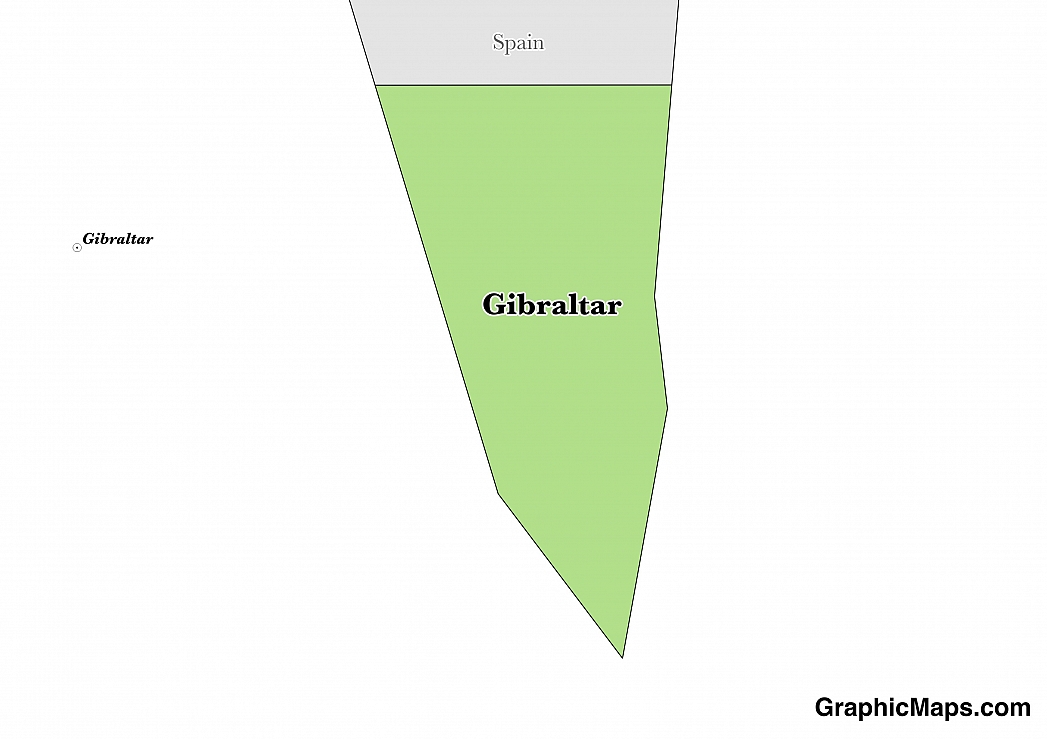The island nation of Gibraltar is the British Overseas Territory and its capital is Gibraltar. It is situated on the northwestern side of the Rock of Gibraltar, which is among the pillars guarding the northeastern edge of the Strait of Gibraltar and links the Mediterranean to the Atlantic Ocean. In the Northern side, it is surrounded by the Sierra Nevada Mountains and in the south lie the Atlas Mountains. There have been disputes throughout history between Spain and the United Kingdom, each claiming the Island as its own. However, at present, the island is a British territory and has remained so since 1713.
Out of the entire population of 32,000 people living in Gibraltar, the city holds about 29,000 residents, making it the only city on the island. The population growth rate is approximately 0.23%. The island is one of the most populated territories in the world, with a population density of 12,840 people per square mile. The island has reclaimed 1/10th of the whole land area.
The city of Gibraltar is home to many attractions which promote tourism in the country. Gibraltar is popularly known for its Barbary macaques, the only wild monkeys living in Europe. They are mainly seen in the Gibraltar Nature Reserve in the upper Rock Region of Gibraltar. St Michael’s cave is the largest cave in Gibraltar and is also one of the popular places on the Island. Gibraltar Museum and Gibraltar botanical gardens are also well-liked among tourists. Other attractions in the city include the great siege tunnels, the Moorish Castle, and Europa Point, among others.
A Mediterranean or subtropical climate is experienced in Gibraltar. It has warm, sunny summers and mild, rainy winters. The two dominant prevailing winds are the Levante which blows from the Sahara and brings humid weather and warmer sea currents; and Poniente which blows from the west and carries fresher air and colder sea. The city is protected from severe cold, and intense heat by the Rock of Gibraltar and its location at the strait of Gibraltar is also convenient. Rain is abundant from November to March, and it barely rains in the summer. It is sunny from June to September, and temperatures range between 25 and 27 degrees Celsius. Winter is experienced from December to February with temperatures rarely dropping below 5 degrees Celsius at night and seldom remains below 10 degrees Celsius during daytime. Spring comes in March to June with progressively less rainfall and more sunshine. Autumn is experienced from mid-September to November where rainy periods gradually increase.
This page was last modified on May 1st, 2018
More on Graphicmaps

Published on 2019-11-06
What is a Trade Embargo?

Published on 2019-11-04
Which Two Countries Used to Have the Same Flag?

Published on 2019-09-16
What Is the Only Two-Sided State Flag?

Published on 2019-09-16
Which Country Flag Looks Like the Texas Flag?

Published on 2019-08-29
Flags That Resemble the US Flag

Published on 2019-08-20
